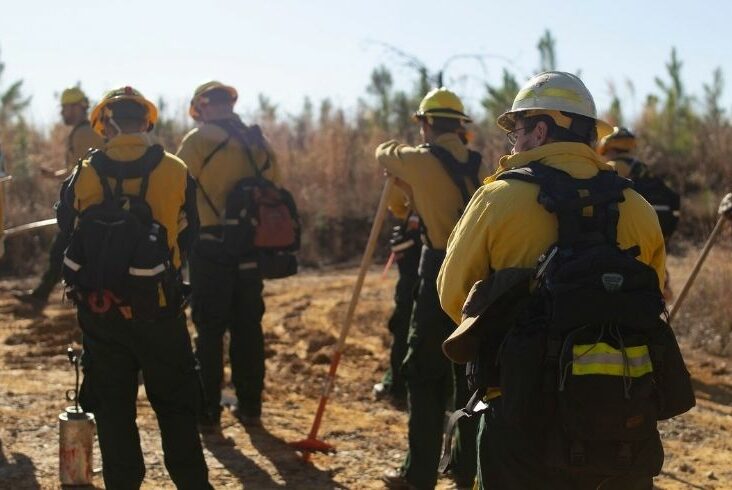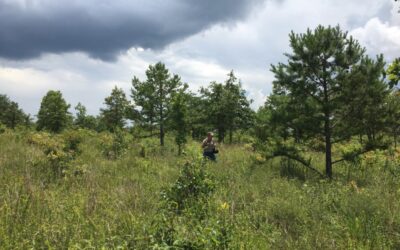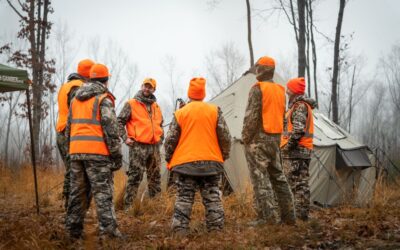Tennessee Wildlife Federation is partnering with the Tennessee Department of Environment and Conservation, Forest Stewards Guild, and the Tennessee Division of Forestry to conduct prescribed burns on more than 2,000 acres at Savage Gulf State Natural Area.
The burns mark a major milestone in a multi-year initiative—funded in part by the National Fish and Wildlife Foundation and Lyndhurst Foundation—to restore recently cleared loblolly pine plantations to native oak and shortleaf pine habitats on the Cumberland Plateau.
Since 1980, Tennessee has experienced a 70 to 80 percent reduction in shortleaf pine. Causes of the decline include the absence of fire on the landscape, failure to replant shortleaf pine after management activities, conversion to non-native forest types, and disease.
Prescribed burning activities at Savage Gulf State Natural Area will continue through fall 2021. The burns will help restore wildlife habitat and enhance shortleaf pine ecosystems across the Cumberland Plateau.
“The Federation is excited to partner with the state and other conservation organizations to restore some of Tennessee’s most popular lands for outdoor recreation like Savage Gulf,” said Chris Roberts, director of conservation at Tennessee Wildlife Federation.
In addition to public lands, the Federation has been working with private landowners to restore several thousand acres of shortleaf pine habitats on their property.
Landowners who believe their property may be a fit for restoration are encouraged to fill out the landowner interest form.




